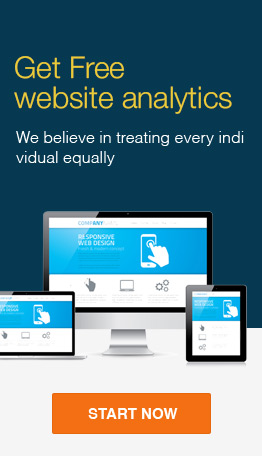Blog
3 Content Marketing Tips for B2B Businesses
Insight | May 5, 2020

Content marketing is the buzzword these days.
Most B2B businesses are increasingly switching to content as a means to build brand presence, generate leads, and eventually drive sales.
Digital Marketer pinpoints how the type of campaign you’re trying to build really does not matter. Content is critical to making that campaign successful.
But if you think content marketing is about churning out random videos or blogs, you couldn’t be more wrong.
Clear goals and meticulous planning are crucial to the process of growing your business. Thoughtless blocks of texts or purposeless videos don’t amount to successful content marketing campaigns.
The content you create should be able to deliver real value to your audience. It should be able to engage them for real. And all this begins with being mindful of how you build your strategy.
Here are three crucial tips to design an effective content marketing strategy for B2B businesses.
1.Strike the right balance between what your audience needs and what you’re offering
And this begins by knowing your audience.
Identifying the right audience comes even before you get started with your marketing campaign. Understanding what it needs helps kickstart the right marketing strategy.
Building a customer avatar or a company profile is one best way of ensuring your product is the right fit for the clients you’re targeting. Based on what they need, you can assess what level of sales funnel they’re in and create content accordingly.
After all, you don’t want to be sending out irrelevant blog posts let alone blog posts. Or videos that don’t address the pain points of your audience.
Simply put, you will fail to attract your ideal customers if you create content without knowing them in the first place. Creating content that converts is about providing value but to the right people.
2. Work with clear campaign goals in mind
A great B2B marketing campaign will always serve some purpose. It will always be directed towards achieving a crystal clear goal or end.
Let’s say you’ve identified your audience and the stage of the funnel they’re in. And you’ve decided to hit them with some blog posts. This step wouldn’t just end here.
It will begin with your analysis of the goal you want to achieve with those blog posts. Are they meant to increase site traffic? Or grow your SEO rankings? Maybe you just want to engage your clients thoroughly.
Setting goals works at all levels. They’re meant for your overall campaign as well as for the individual components of that campaign.
For instance, getting 10,000 subscribers within two months is a broader goal. Making the first blog post or info graphic to let your audience be aware of your presence is an individual goal.
3. Keep continuous track of results through data and metrics
Keeping track of results is the hallmark of a sound content marketing strategy.
Getting results isn’t enough. You have to act on those results and use them to further your content marketing strategy.
Especially because this strategy is an ongoing and evolving process. Experimentation is part and parcel of using content as a means to market your business.
You have to constantly monitor how your content is performing to keep setbacks at bay. And more importantly, to check if it’s meeting the goals you’d set for your campaign. If a particular form of content fails to resonate with your desired audience, it’s futile to move forward with it.
And you wouldn’t be able to figure this out without keeping a track of results.
There are different sets of metrics that help you assess your strategy. Each stage of a sales funnel, for instance, will warrant a different kind of metric.
You have to figure out which stage demands metrics like:
…and which one calls for hard metrics such as:
Continuous assessment of your content and results ensures your strategy doesn’t go haywire at any point.
In Conclusion: Driving engagement
For an effective content marketing strategy that delivers, it’s important to:
Also, the ultimate purpose of any B2B content marketing strategy is sales. And that begins with engagement.
Content that converts engages. If your content is unable to appeal to your audience, it won’t drive sales. For better engagement, try to keep the following things in mind:
Without ensuring these things, your content marketing strategy will always only be incomplete.








